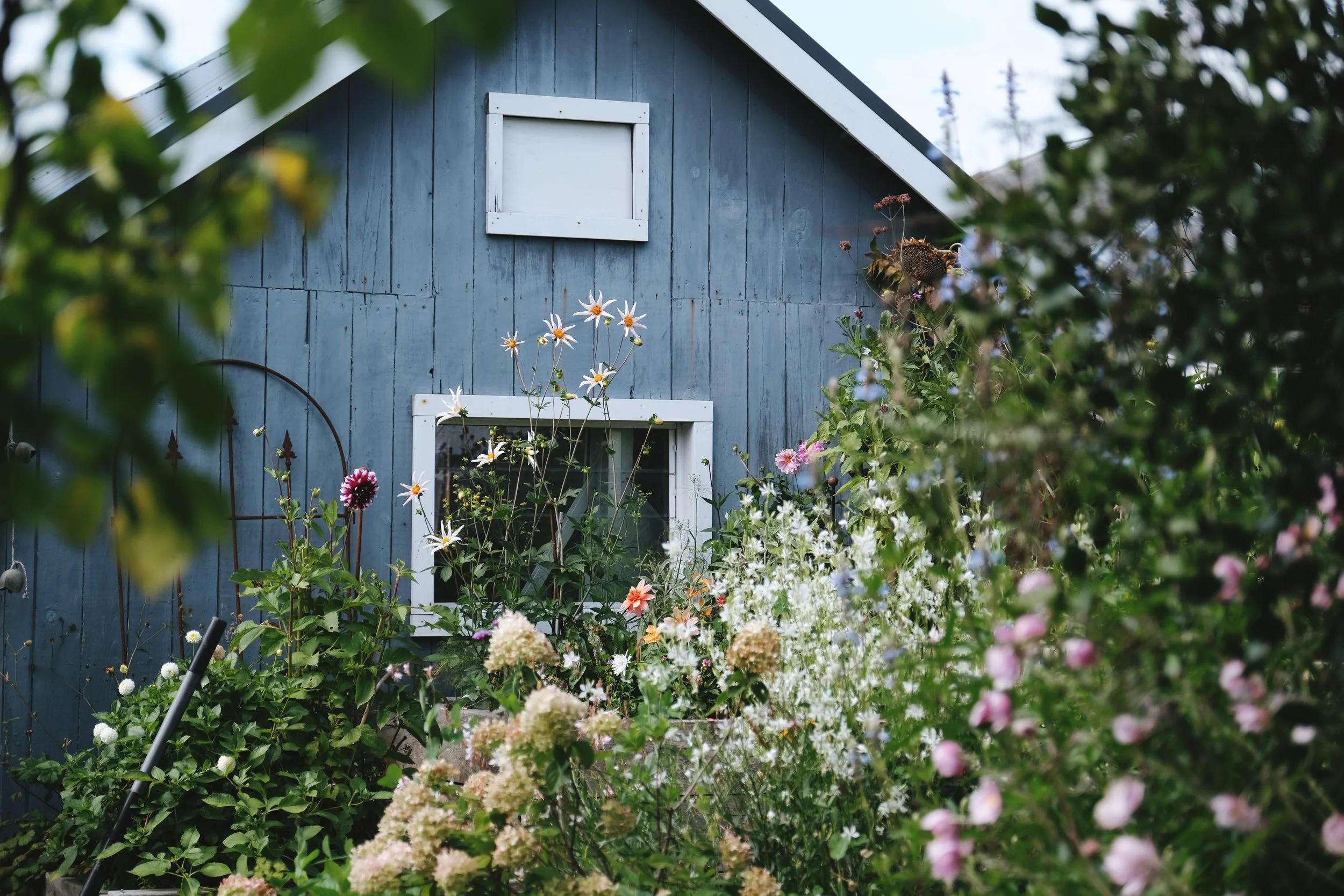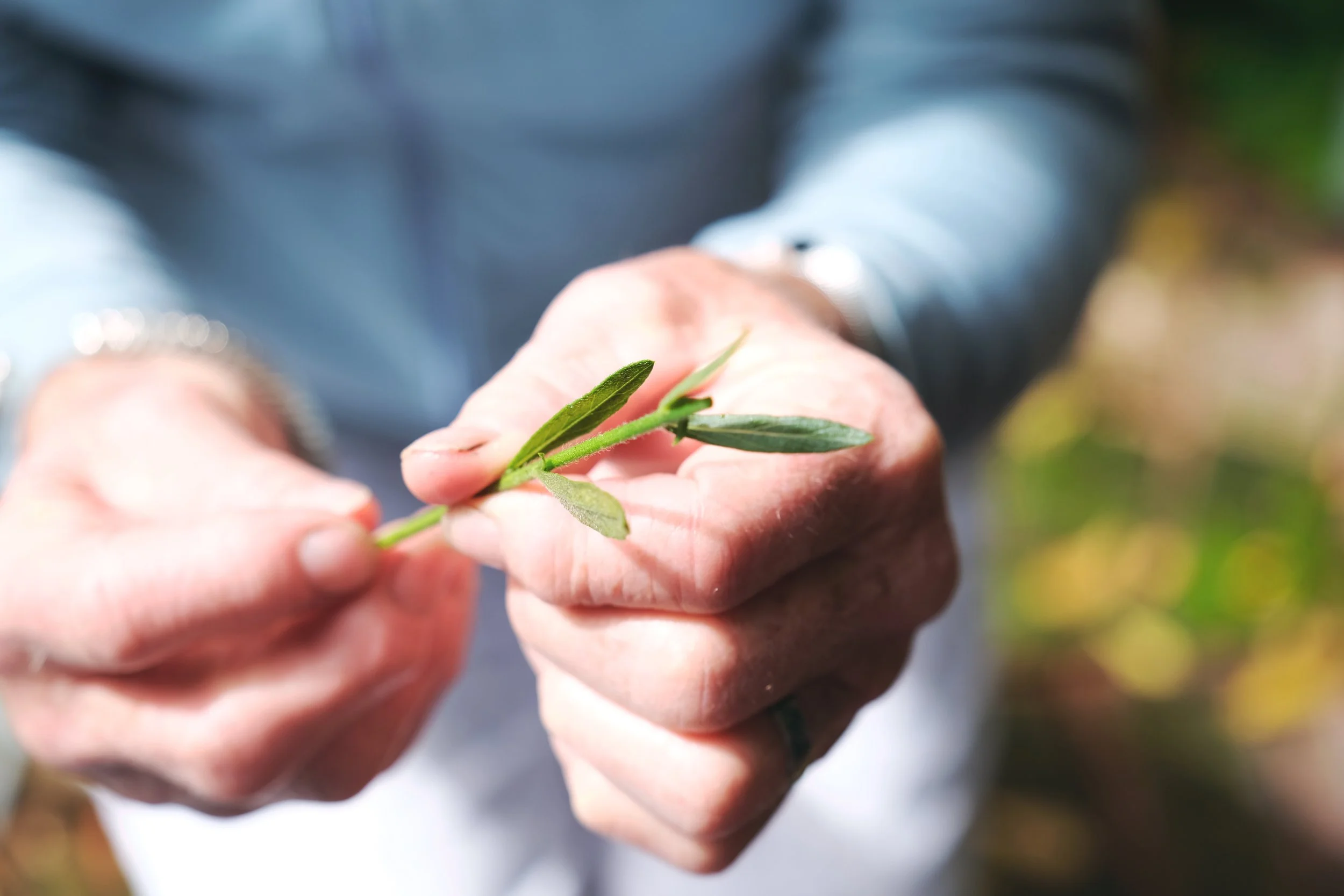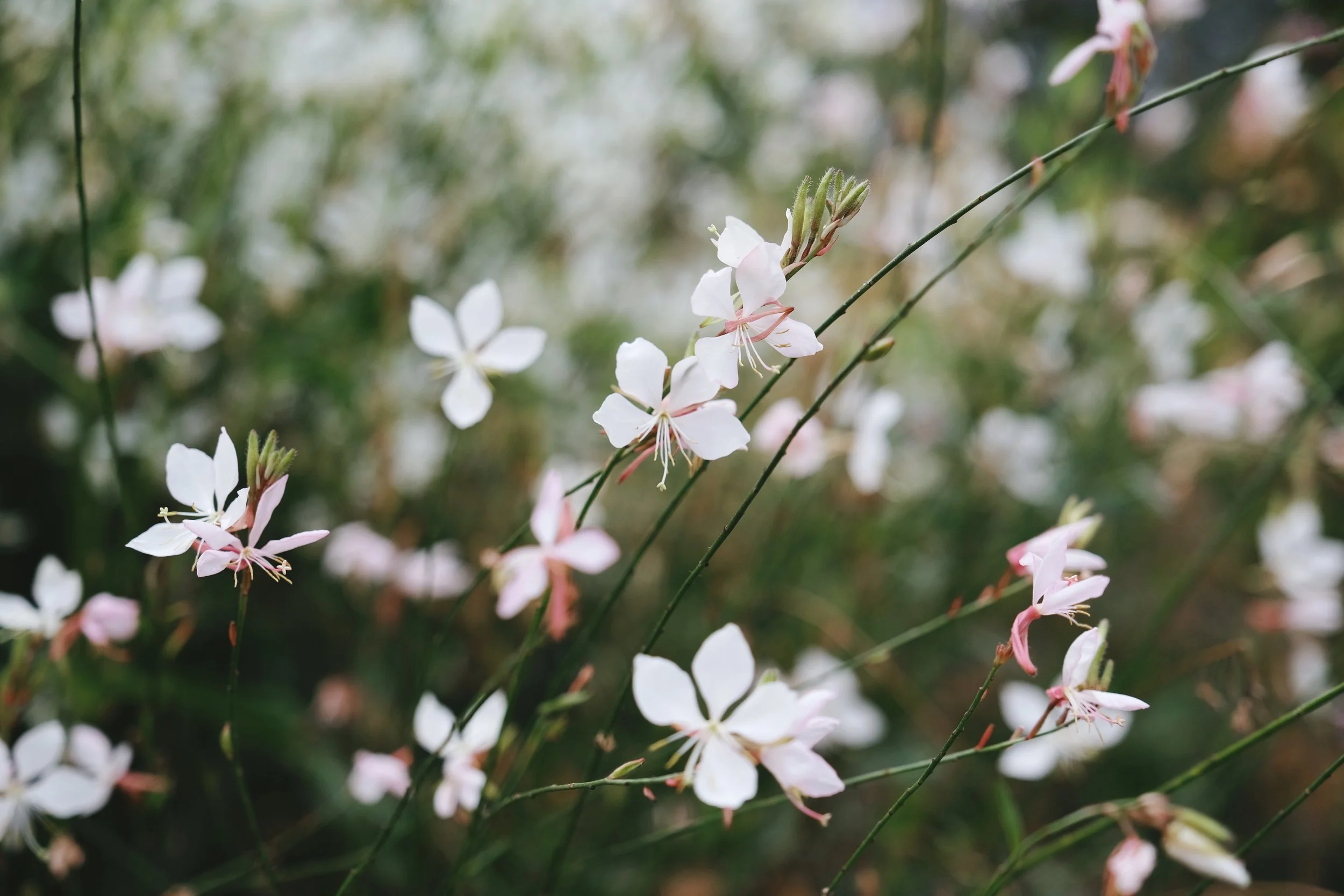Gorgeous Gaura
/I’m not sure all gardeners do this, but I find myself running an unspoken awards ceremony for my best-performing plants each season. Points are awarded for bloom display, ability to play nicely with those around them, disease resistance, pickability and general low-level needs.
As I come to the end of my main summer flowering, there is no ignoring the ethereal beauty that my gaura plants continue to bring to the garden. They seem in complete denial of the cooling ends of the day and at this rate would probably take my “best in show” prize through spring, summer and autumn! Without question, they are the longest flowering specimen I have planted so far.
Gaura mixed with other plants in my summer garden
Growing wild on the roadsides of Louisiana, Texas and Mexico, Gaura lindheimeri wasn’t cultivated for gardens until the 1980’s after which it quickly gained fame and several varieties have gone on to win the Royal Horticultural Society’s Award of Garden Merit (slightly more prestigious than my homegrown award system!). Commonly known as bee blossom or the butterfly bush, this is a clump forming perennial that, in its maturity, is drought and frost tolerant. Its whimsical ‘whirling’ habit sends off slim, long wands of buds and delicate blooms in all directions, reaching up to 1.2 m tall and 90 cm wide.
As I have witnessed in the fabulous mass plantings of gaura in central Christchurch, it can create a sensational soft floral sea when grouped together. Equally, it is lovely when interplanted with bolder floral shapes like echinacea, echinops and especially ornamental grasses. Its drought tolerance means it is best planted in full sun with other perennials that share its low watering needs.
Gaura planted en masse in central Christchurch
As a departure from so many of the flowering perennials that I love, mature gaura plants are not able to be divided (or moved easily) due to their taproot. Instead, speedy propagation is best achieved by cuttings, ideally from the shorter flowering stems that intersect the main ones. The stems should be supple and you want to snip just below a double leaf node to create a heel from which roots can form. Count two further sets of double-leaf nodes (snipping long leaves in half), then cut off the top of your section to complete your cutting. Dip the bottom tip in rooting hormone and plant into propagating mix to grow on undercover in a warm environment. Of course, gaura can also be grown from seed, and is known to gently self-seed. Young plants can be easily moved before their taproots are established.
Preparing cutting to propagate from a slim supple side stem of gaura (thank you to Penny Zino of Flaxmere for the lesson!)
Gaura is certainly a goer as I have noticed in my own planning and planting these last few months.
I brutally pinched first season plants back during their early keen development, attempting to promote a bushier form than the rather loopy, spindly one it races to create. This has an immediate impact and you can be quite severe! After losing countless limbs from a roaming dog visitor, I was dismayed at the grim state of one plant that had every single brittle stem broken off at the base. Incredibly, within days new green leaves were forming and it now sports 50 cm flowering stems.
This reflects the advice I have read that many gardeners recommend pruning their plants back by half in mid-summer to rejuvenate flowering into autumn. However, by my own observance and experience, they are quite happy pushing through the seasons on their own with little encouragement, and I will wait to give them a good chop, right to the ground, at the end of autumn or so.
The white bloomed, pink accented gaura
The long stems of gaura can be quite unruly and it is helpful to plant them with sturdier neighbours that can support their flop. Before this year, I only had one specimen in my garden, which never lived up to the fantastic examples of the plants I had seen around town. I hadn’t known to pinch it in its early stages and certainly knew nothing of its needs when planting it in semi-shade, which is why I have forgiven its lopsided, leggy display. This year it’s in a prime sunny position (it miraculously survived being moved!) and is very bushy, supporting a thriving industry of pollinators. Lesson learned!
Bushy and happy ‘So White’ in the garden with full sun
Unlike many flowering plants of which I fixate on each bloom, gaura to me is about texture. The little butterfly-esque flowers, wispy hairs and smooth buds merge to deliver an overall impression of movement and romance. As you research your own options you will find varieties in white, pink and white with accents of pink. Examples of the latter are commonly ‘Sparkle White’ or perhaps ‘The Bride’ and ‘Whirling Butterflies’, sporting white flowers emerging from pink buds which gives a wonderful dimensional effect.
The best-known pink variety is ‘Siskiyou Pink’ with pink blooms on red-tinged stems. Other pinks to look out for are ‘Lollipop Pink’, ‘Ballerina Blush’ and ‘Rosy Jane’.
Word on the street is that the whites tend to be a little floppier, but I believe their beauty to be worth the experiment! Look for ‘So White’ and ‘Soda Pop’ whose white flowers glimmer above the green spear-tipped leaves.
Gaura ‘Sparkle White’ in my garden
This is an expanded version of the article featured in my Stuff ‘Homed’ gardening column for beginners , The Press, Dominion Post and other regional papers on April 21st 2022
All words and images are my own, taken in my home and garden in Christchurch, New Zealand unless otherwise captioned.








